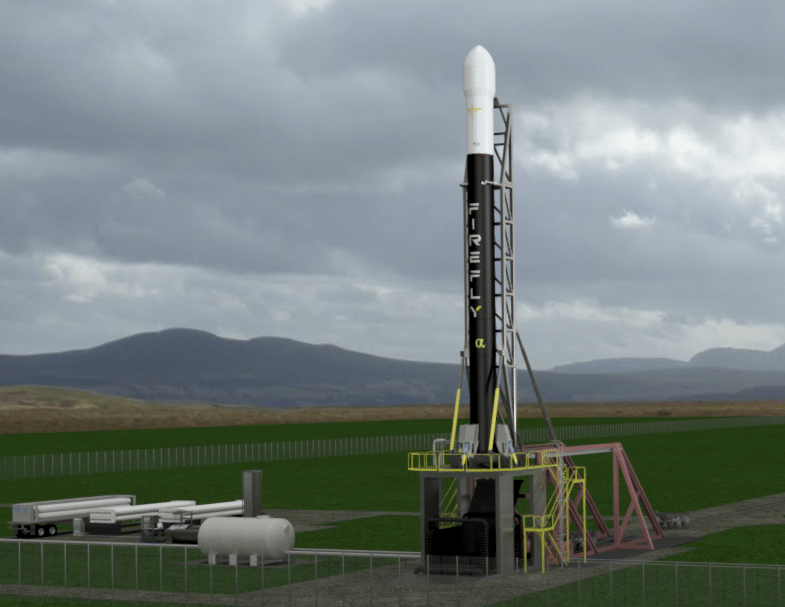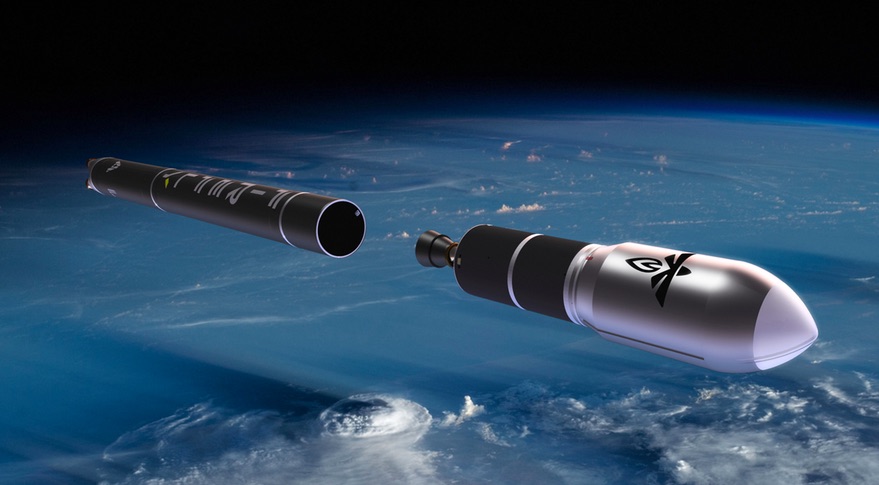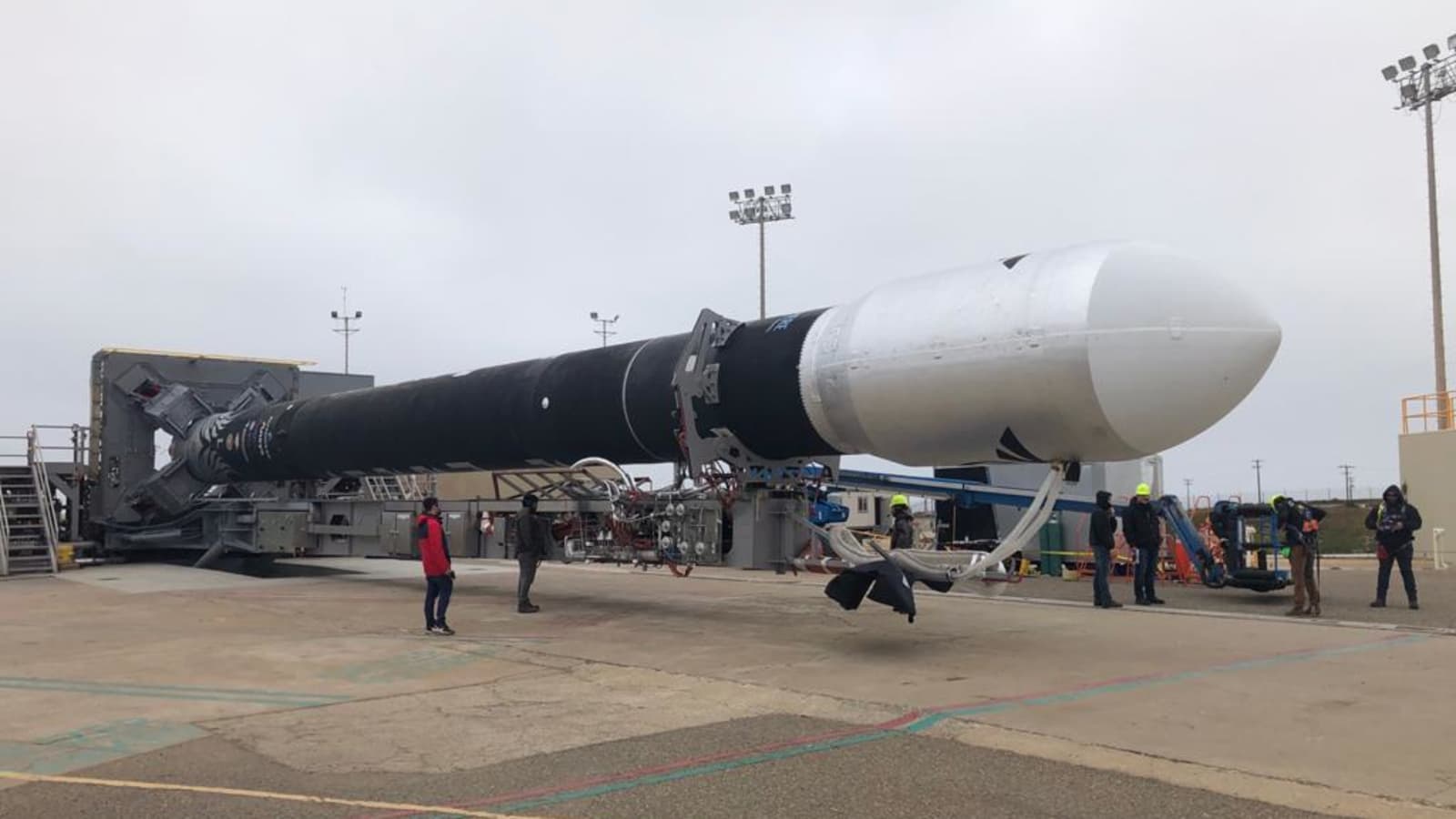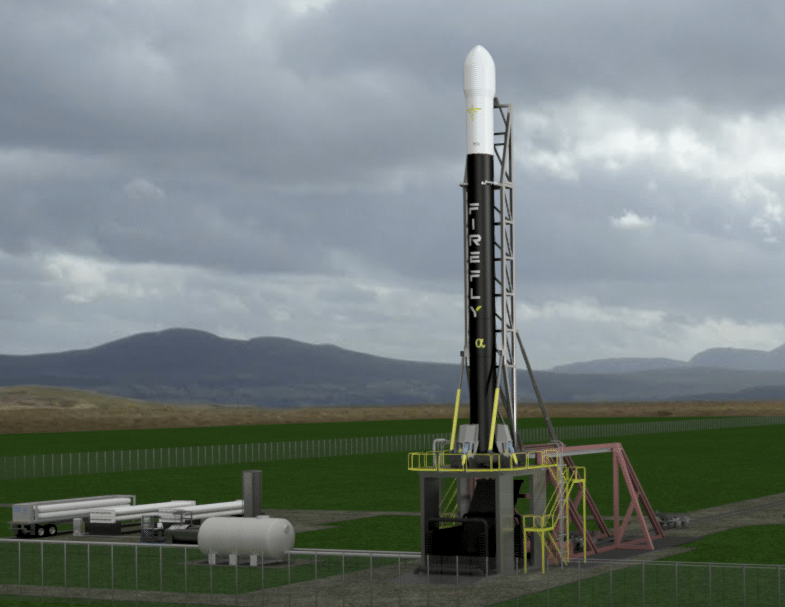
A Closer Look At Firefly Aerospace’s Alpha Launch Vehicle
With the small satellite market continuing to grow bigger than ever before, many different companies are working on small-lift launch vehicles. These are smaller rockets as the name suggests that mainly launch small satellites and constellations. Firefly Aerospace is no exception with the development and manufacturing of their Alpha launch vehicle.
Firefly Aerospace’s Alpha rocket is working towards being unique and effective in a few different ways. The Alpha launch vehicle uses a combination of unique architecture, performance, avionics, and more. All of which work together to create a launch vehicle meant to consistently launch smaller payloads into primarily low earth orbit. This works at the greater goal of filling some of the heavy demand of the small satellite market.
While the company is still relatively new, they have accomplished a lot of different things. They are not only working on their Alpha launch vehicle but many others as well. While this is the case, Firefly Aerospace has put a lot of work into each aspect of the rocket, along with different components and plans. This has helped the company achieve a quite successful first test flight with ambitious plans for the future.
Alpha Overview

The goal of the Alpha launch vehicle is to create a consistent and low-cost launch option for small satellites and other cargo. Specifically, Firefly offers standard commercial launch services on top of Alpha for $15 million. Firefly aspires to design and engineer the Alpha launch vehicle as the world’s most reliable, responsive, and operationally capable launch option within the small launch vehicle class. Firefly combines five decades of heritage space experience with the passion and innovativeness of the new space industry. Firefly mentions that Alpha combines the highest payload performance with the lowest cost per kilogram to orbit in its vehicle class.
Additionally, the launch vehicle is meant to launch twice per month. This helps increase customers’ options and ensure their cargo is delivered to the designated orbit and destination. So far Firefly Aerospace has had a single test flight with the Alpha launch vehicle. It was not perfect but it showed many good signs and was a positive outcome considering it was the first attempt. It began with a nominal countdown and lift off at 6:59 PM PDT and achieved a successful first stage ignition, liftoff from the pad, and progression to supersonic speed. During the flight, the launch vehicle experienced an anomaly that resulted in a safe termination of flight by the Range using the Flight Termination System. The second test flight is expected for early 2022.
Alpha Features

Performance – The first primary feature of the Alpha launch vehicle that is important is the performance and vehicle specs. Alpha has a payload to low Earth orbit of 1000kg and a payload to SSO of 630kg. Alpha has two main stages. The first stage uses four Reaver 1 engines developed and manufactured by Firefly Aerospace. The upper stage uses a single Lightning 1 engine. Both stages use common designs including copper regen-cooled LOx/RP-1 thrust chambers, a simple tap-off cycle that drives single shaft turbopumps, nozzle-mounted turbine exhaust manifolds, and hydraulic actuators. In the development of these different engines, Firefly Aerospace has made multiple innovations to increase efficiency and benefit the engine.
Some of these features include their simple “Crossfire” injector, tap-off geometry, dual-mounted electrically actuated, trimmable propellant main valves, and ultra-compact horizontal turbopump mounting. All of which work to improve the quality and success of the engines and the Alpha launch vehicle. Firefly Aerospace mentions that cost and performance are traded and optimized in Lightning and Reaver components to provide the best payload performance value. It’s important to point out that while the Alpha rocket is advertised at 1000kg to LEO, it all depends on the inclination just like any other rocket. Launches from the East coast range from 29 to 60 degrees and a corresponding 1050 to 900kg of payload capacity. This offers customers a lot of different options for location and capacity.
Architecture – Next I want to go more in-depth into the architecture and structure behind the Alpha launch vehicle. Starting at the top you have the payload fairings. These are 2.2m in diameter and are a carbon composite structure. It features 12.5 cubic meters of internal volume along with an all pneumatic low shock faring separation. Under the fairings is the standardized secondary payload adapter with 6 different ports. You then have the stage 2 LOX tank and stage 2 fule tank right below. Both are full composite structures and hold the necessary propellant. Lastly, you have the interstage surrounding the single Lightning 1 engine powering the second stage.
Starting at the top of the first stage you have a large LOX tank also made of carbon composites. Below you have the stage 1 fuel tank and finally, you reach the four Reaver 1 engines at the bottom. Firefly utilizes advanced carbon-fiber composites for the entire airframe of Alpha, including the state-of-the-art, linerless, cryogenic propellant tanks. These different composite materials and great for their strength, low density, and tailorable material properties. This is why the majority of the segments I just mentioned are made of these specific composite materials. The reduction in weight has a direct role in the amount of payload the Alpha vehicle can launch.
Avionics – The last aspect of the Alpha rocket that I want to mention is avionics. Firefly Avionics makes use of a combination of custom-designed state-of-the-art and Commercial Off the Shelf or (COTS) components. The second stage of Alpha is where a lot of the key avionics are. Specifically, some of the main components include a flight computer, solenoid drive, telemetry transmitter, lithium polymer batteries, flight termination system, and more. Firefly Aerospace says that “Data Acquisition is accomplished using a rugged, modular Data Acquisition Chassis, which provides analog to digital conversion of all sensor data, and further packages the data and transmits to the Flight Computer via an onboard Ethernet network.” This is critical for many different aspects of the launch and flight process for Alpha.
The flight computer plays an especially important role by not only gathering a lot of vital data but also transmitting it back to multiple ground stations on Earth along the flight trajectory. Additionally, Firefly Aerospace has worked to ensure shock levels within the fairings are measured and low enough for safe cargo transport and release. Shock levels at the payload separation interface due to stage separation, engine ignition and cutoff, and payload fairing separation are all maintained below a maximum acceleration of 1,000 g’s at 1000 Hz. Overall the avionics play a key role and will be necessary for consistent and efficient use. This is especially the case as Firefly continues to test this launch vehicle and solve different issues during the flight.
Conclusion
A lot of different companies are working hard on small-lift launch vehicles. These launch vehicles while not the most powerful, offer a perfect option for different customers within the small satellite market. A small-lift launch vehicle can lower costs and give the company purchasing a spot on the rocket full control of time, orbit, etc. With the small satellite market continuing to grow faster than ever, the race for the cheapest launch option is in full swing. Firefly Aerospace is working on an affordable and efficient launch vehicle named Alpha. They are doing this with unique architecture, performance, and avionics. All of which work together in a single small-lift launch vehicle. Firefly Aerospace has only had one test so far but it went quite well. With a second test launch planned for early 2022, we will have to wait and see how the development of Alpha continues and its impact on the space industry.
